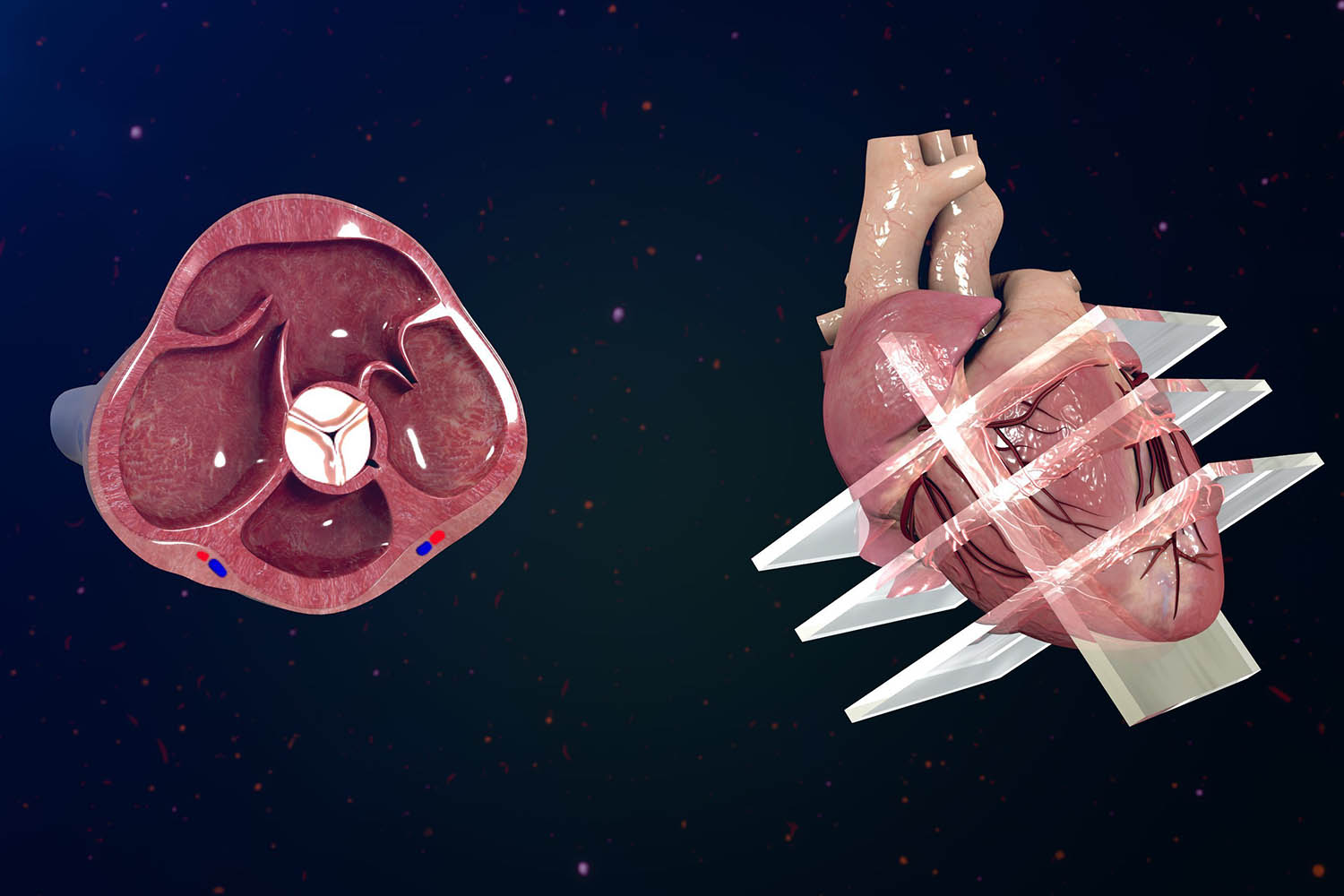Overview
In the realm of cardiovascular diagnostics, one procedure stands out for its ability to provide invaluable insights into the intricate workings of the heart – the echocardiogram. Let’s delve into the depths of cardiac care and unravel the significance of this non-invasive imaging technique, backed by facts and research.

Understanding Echocardiograms:
An echocardiogram, often referred to simply as an “echo,” is a diagnostic test that utilizes high-frequency sound waves (ultrasound) to create real-time images of the heart. This painless procedure allows healthcare professionals to assess the structure and function of the heart, providing crucial information for diagnosing and managing various cardiac conditions.
Key Features of Echocardiograms:
Echocardiograms offer a comprehensive view of the heart’s anatomy and function, including the size and shape of the heart chambers, the thickness of the heart walls, and the movement of the heart valves. These images can reveal abnormalities such as heart valve diseases, congenital heart defects, and cardiomyopathies, enabling healthcare providers to formulate appropriate treatment plans.
Types of Echocardiograms:
There are several types of echocardiograms, each serving specific purposes in cardiac assessment. Transthoracic echocardiograms (TTE) are the most common and involve placing a transducer on the chest to capture images of the heart from different angles. Transesophageal echocardiograms (TEE) provide closer and clearer images by inserting a probe into the esophagus, while stress echocardiograms assess heart function during physical exertion or pharmacological stress.
Applications of Echocardiography:
Echocardiography plays a vital role in diagnosing and managing a wide range of cardiac conditions, from coronary artery disease and heart failure to congenital heart abnormalities and valve disorders. It helps healthcare professionals monitor disease progression, evaluate the effectiveness of treatments, and guide decisions regarding surgical interventions or other therapeutic approaches.
Advancements in Echocardiography:
Technological advancements have propelled echocardiography to new heights, enhancing its diagnostic accuracy and versatility. Innovations such as 3D echocardiography, speckle tracking imaging, and contrast-enhanced echocardiography have improved the visualization of cardiac structures and the assessment of myocardial function, enabling more precise diagnoses and personalized treatment strategies.


